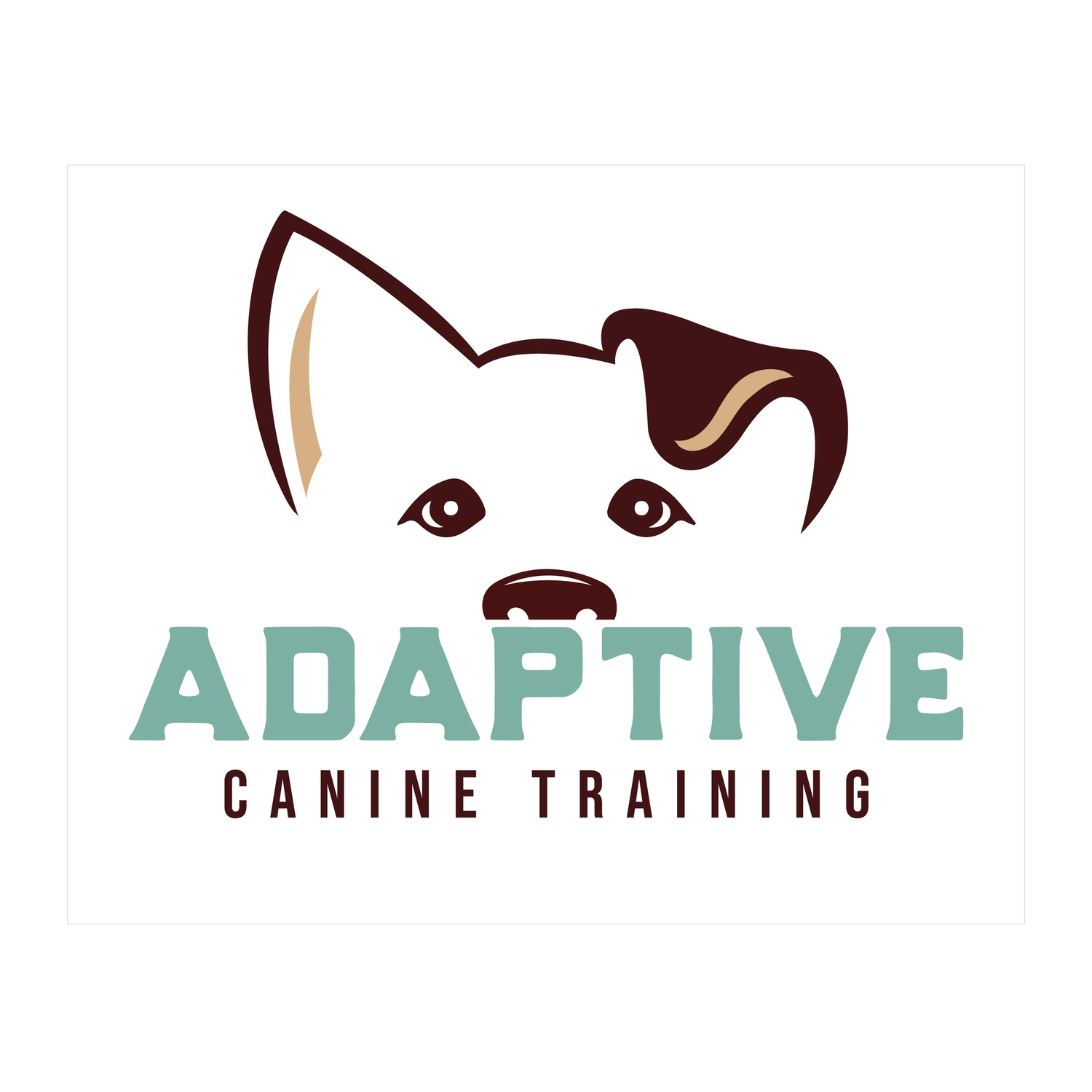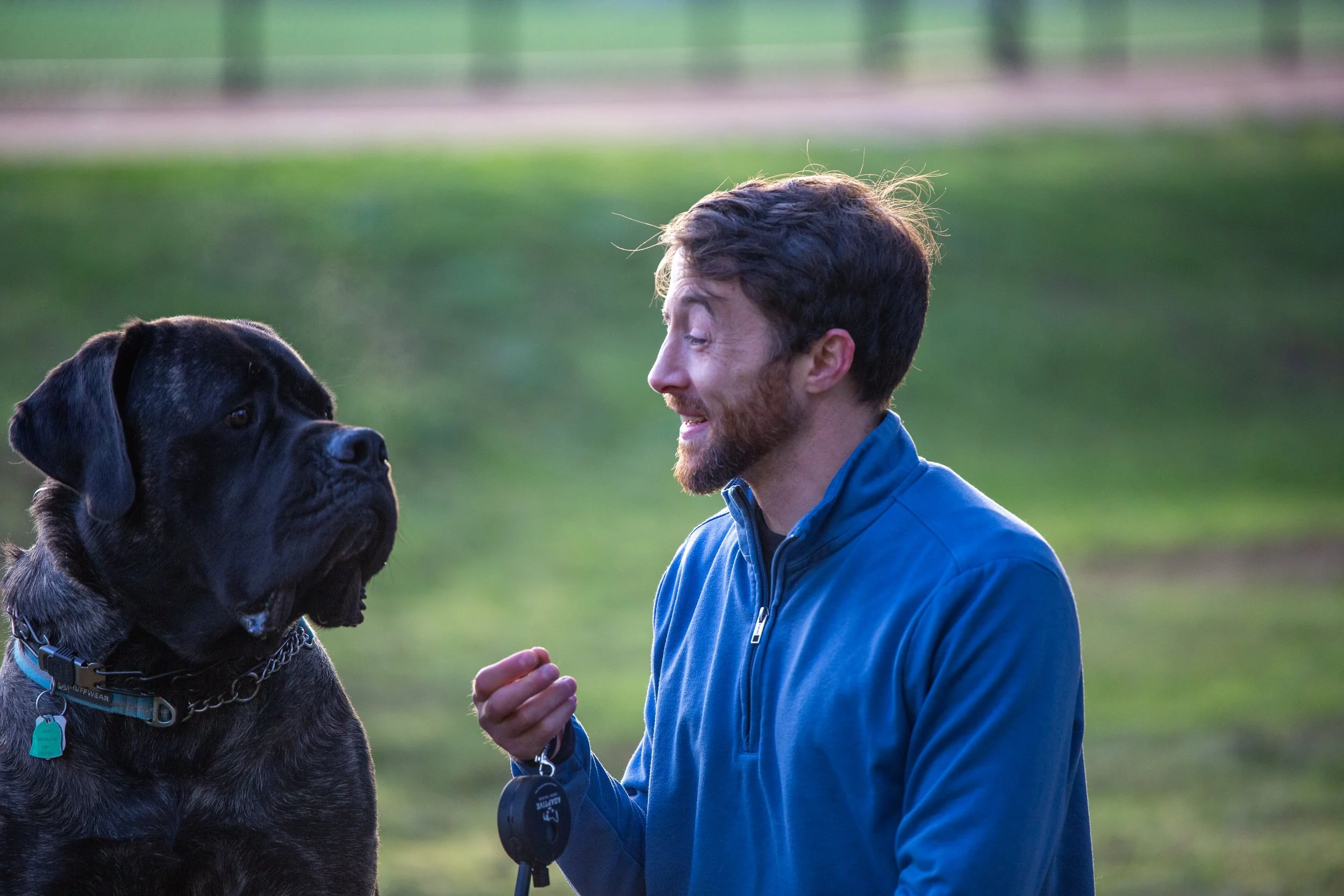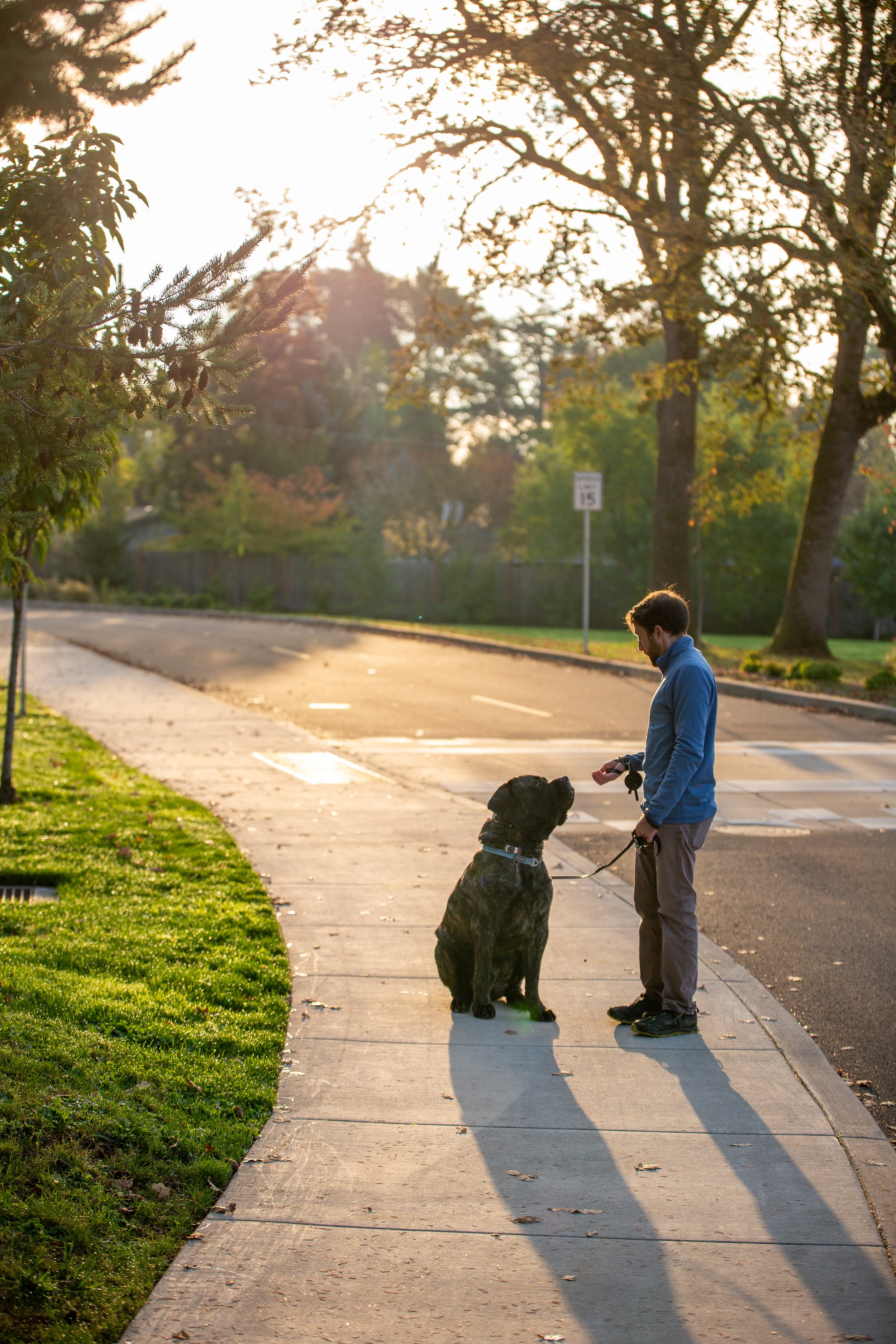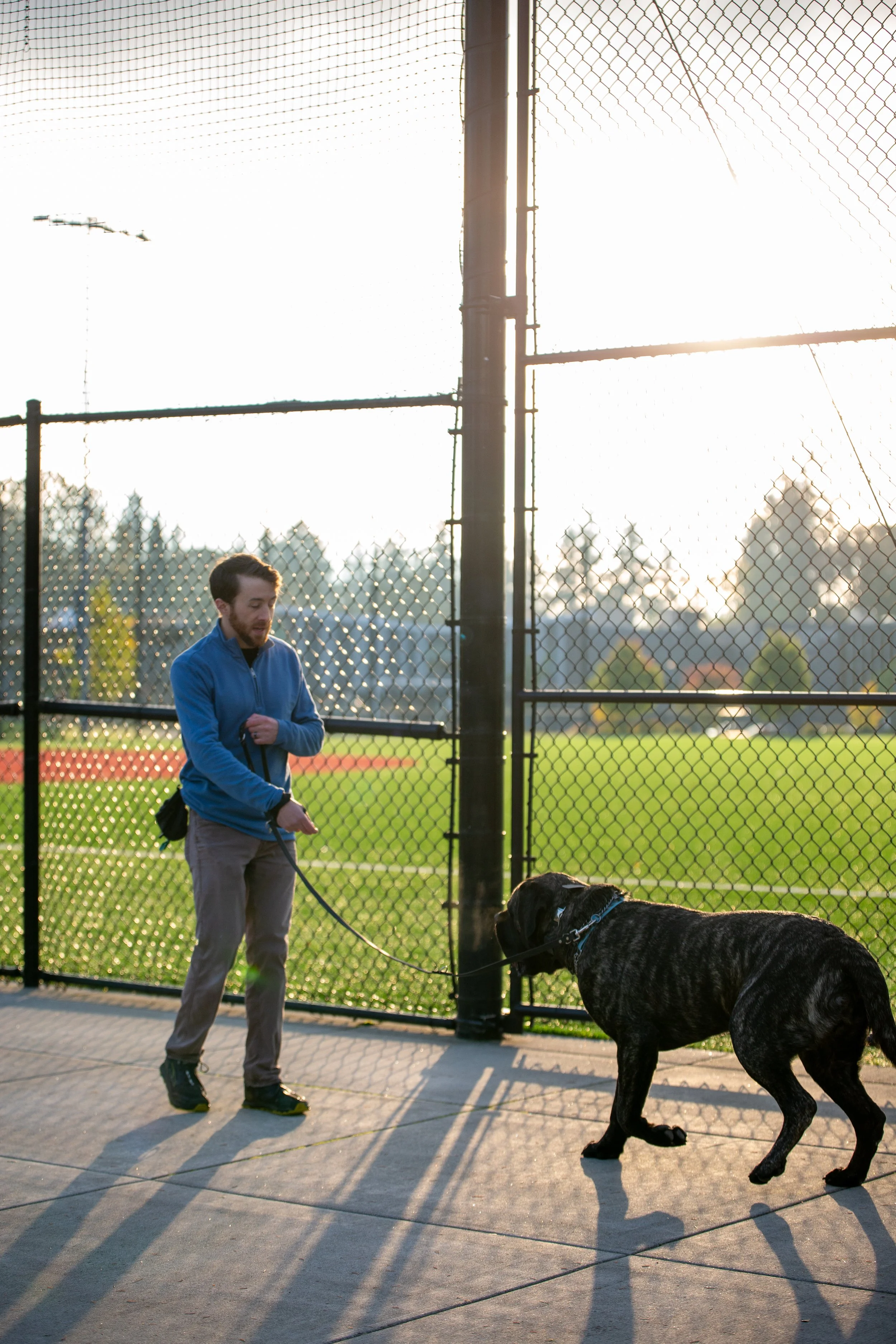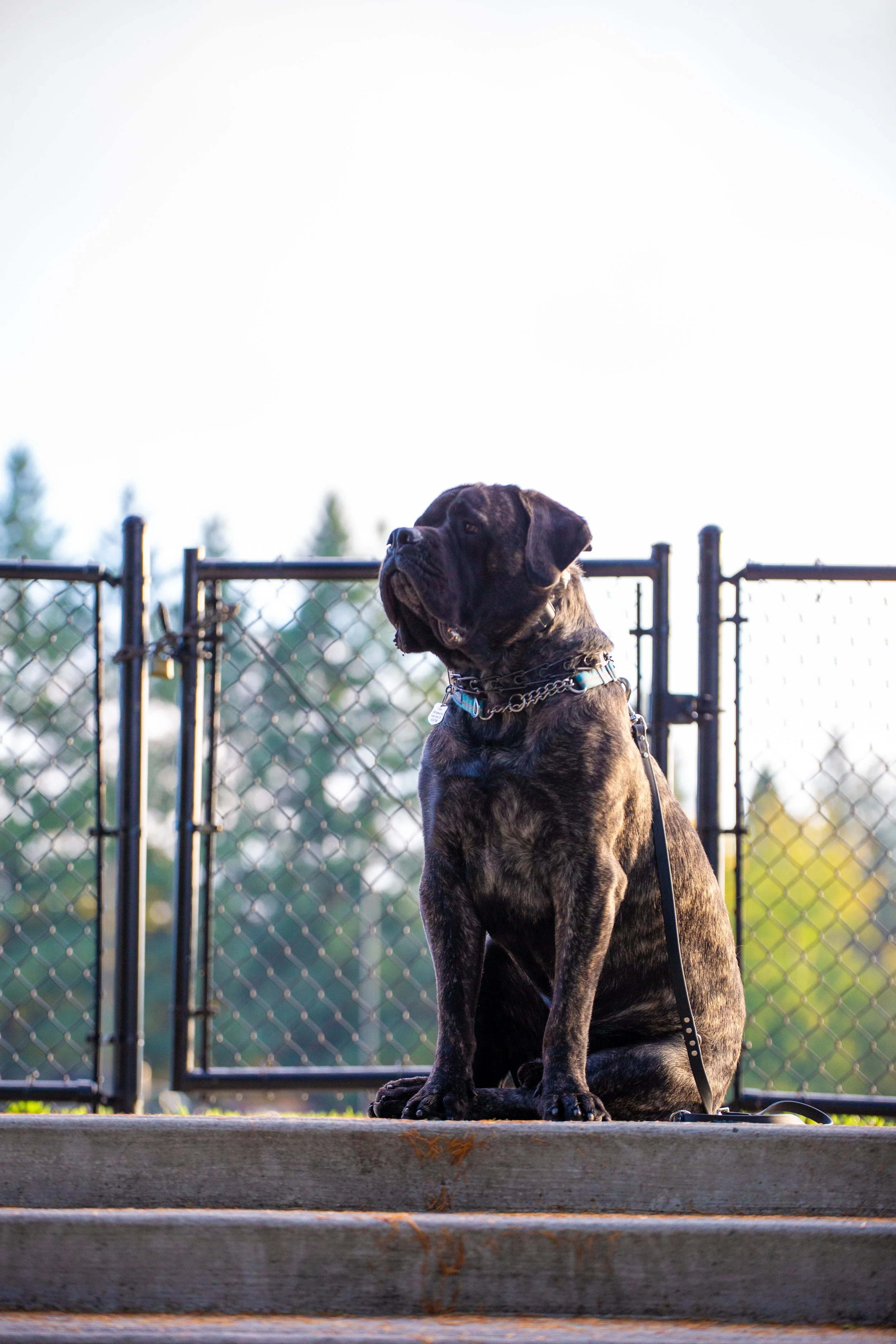Training Is On-Going: Your Dog’s Progress Depends on You
There’s a common misconception about dog training that we hear all the time:
“If I just pay for a professional, my dog will come back fixed.”
But here’s the truth: training doesn’t end when the program does.
No matter how much time or money you invest, if you don’t stay consistent at home, your dog’s behavior will slip right back into old patterns. Training is not a one-time fix. It’s a lifestyle.
Your Dog Isn’t a Robot.
Dogs aren’t machines you can program and forget about. They’re thinking, feeling animals that learn through consistency, communication, and reinforcement; both good and bad.
If you reinforce unwanted behavior (even accidentally), you’re teaching your dog that behavior works. That could mean giving attention to a dog that’s barking, letting them pull you toward something they want, or giving in when they demand something. Over time, these small moments create habits, and habits are what shape behavior.
So even after professional training, your role as an owner is crucial. The work we do here gives your dog the foundation, but it’s what you do every day that builds the house. Here are some something to keep in mind with any pup to help fortify all those good habits that you and your dog spent hours building a language around.
Breed Matters
Every breed was designed for a purpose, and those instincts don’t disappear just because your dog lives in a modern home. Herding breeds, for example, are wired to chase and control movement. Hunting breeds are motivated by scent and prey drive. Guardian breeds are protective by nature.
Understanding your dog’s breed traits helps you work with their instincts, not against them. It also sets realistic expectations for what success looks like. A Border Collie won’t suddenly stop wanting to herd things, but you can redirect that energy into focus work or agility. A Labrador might never stop wanting to put things in their mouth, but you can teach them what’s appropriate to carry.
Do your research, ask questions, and learn about what makes your dog tick. The more you understand their natural drives, the better trainer and communicator you’ll be.
Pay Attention to the Give and Take
Training isn’t about control, it’s about communication. Your dog is constantly giving you information through their body language, energy, and choices. If you pay attention, you’ll start to see when they’re confused, stressed, or trying to problem-solve.
Good training means recognizing that balance: knowing when to give direction and when to give space. When you’re clear, calm, and consistent, your dog learns to trust you — and that’s where real progress begins.
Know Where Your Dog Is Developmentally
Puppies and adolescent dogs go through developmental stages that affect how they think, react, and learn. Scolding or correcting a dog who’s not mentally ready to understand what they did wrong can backfire and cause confusion or fear.
Before you correct, pause and ask yourself: Is my dog capable of understanding what I’m asking right now?
Sometimes, the best response isn’t discipline. It’s patience and guidance.
A young dog’s brain is like a sponge, but it’s also still wiring itself. The lessons they learn during this stage stick with them for life, so make sure those lessons come from calm, consistent teaching — not frustration.
The Bottom Line?
Training doesn’t stop when your dog leaves our program - it’s just getting started! The goal isn’t perfection, it’s progress and partnership. Stay engaged. Keep learning about your dog. Reinforce the good, redirect the bad, and remember that communication goes both ways.
When you commit to ongoing training, you’re not just shaping behavior. You’re building a relationship with your furry friend that lasts a lifetime.
